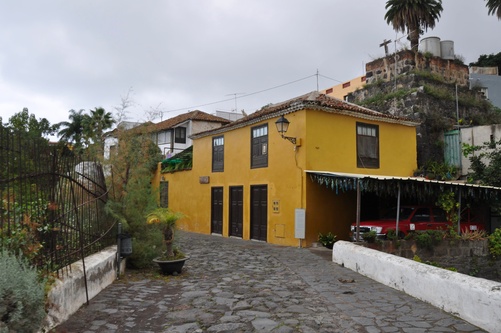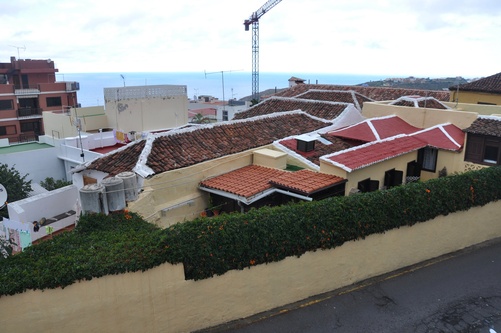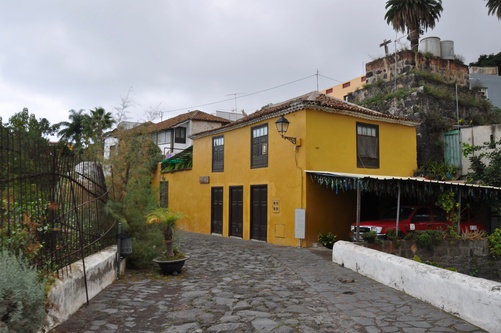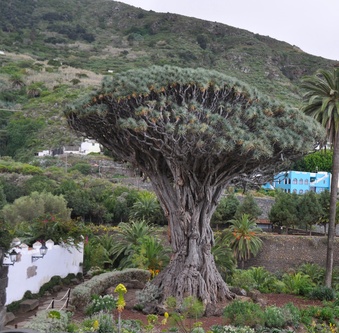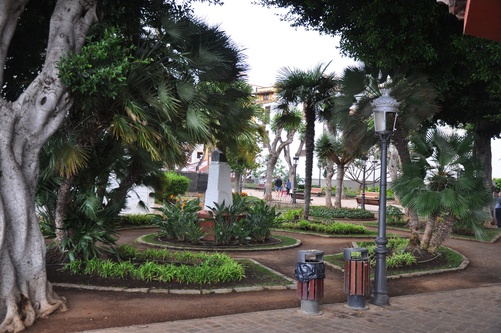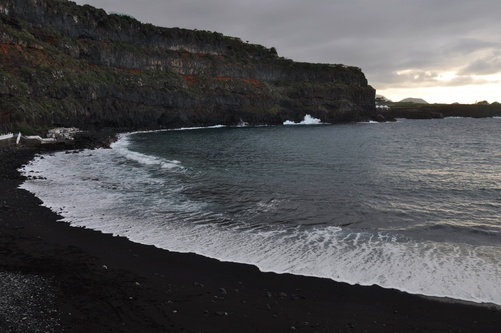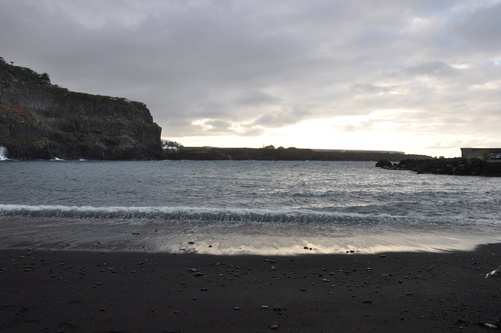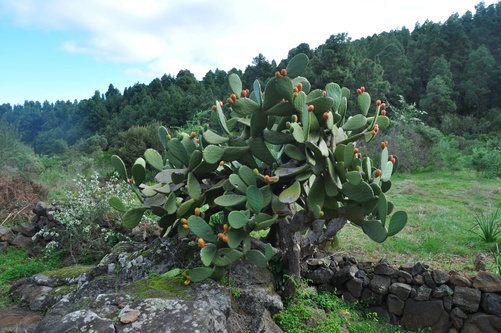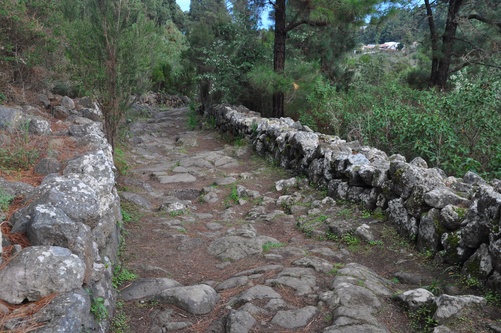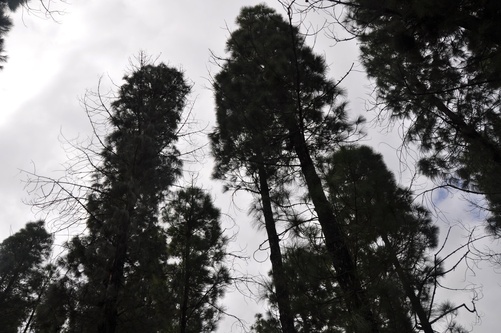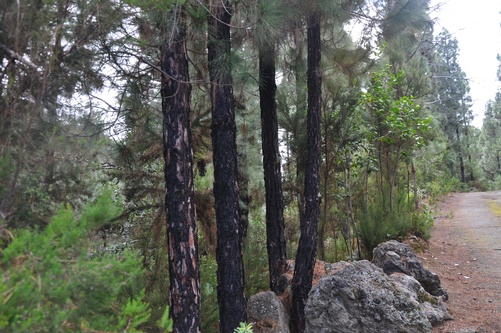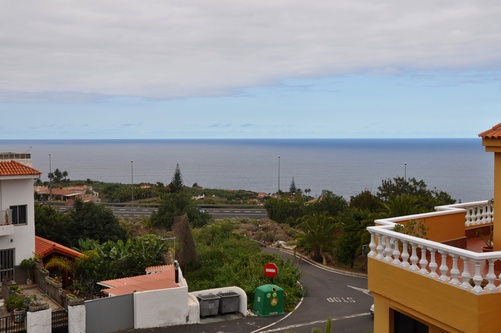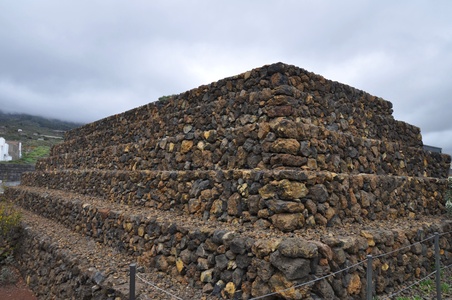Icod de los Vinos 28.01.2017

It turned out that my apartment in Tenerife was located in a small town Icod de los Vinos with population around 23000 people. It looks more like a village to be honest. Especially in the evening when old women just sit on the street and discuss whatever happened during the day.
However this town has a number of points of interest and may compete with average European city like Ljubljana on this matter.
City symbol is a Dragon tree, which is the biggest and the oldest on the island (around 2500-3000 years old). Though as the tree doesn't have age rings, it's impossible to prove the age. At least it's known that the tree was already there when the island was discovered by Europeans (which happened in 1402).
According to ancient legend, in old times there was a dragon who drank elephants blood. Though one elephant fell down and smashed the dragon. Their blood mixed and on this place grew trees which is called nowadays a Dragon tree.
By the way the access to the tree is paid (about 5 euro), but the tree is perfectly visible for free from a park nearby. I believe it's absolutely uninteresting to stare at this tree from alongside (:
Nearby the tree there is beautiful park and the church of St. Mark (above):
Next to the city there is access to ocean and black beach. Sand colour is absolutely black (after Vulcan eruptions). Usual sand, but black. Very interesting.
And the most interesting point is lava caves. One has to book visit in advance (otherwise one might just miss it or be in non-English group).
From the office a car takes the group in the deep forest and then walk to the cave.
On the way to the cave a guide shows lava trails and cold, stoned lava. Group also walls on the ancient road (its age is several hundreds years). By the way it's not allowed to enter the cave without a guide, otherwise it's easy to get lost there.
There is a labyrinth inside, though they show only a small part of it, which is still enough. Such caves appear after volcano eruption when lava goes its way to the sea. Once lava flow ends, the empty space on its way still exists and lava drops down from ceiling to the floor. So the ceiling looks really interesting.
These caves were discovered by accident in 1920s. Old woman had a walk in the forest and suddenly fell down in the cave in the 7-8 meters deep hole. She survived, managed to get out from the cave and told citizens about the caves. Before that nobody knew, that there is a cave there.
Inside the caves after a time being appeared some creatures which exist only there. There are bugs with no vision organs and they survive eating each other (there is no other food source anyway).
After you get out the caves you can see Canary Pine. It is unique as it doesn't burn in fire and lava. It's impossible to find it in other places.
View from the window where I live is amazing:
